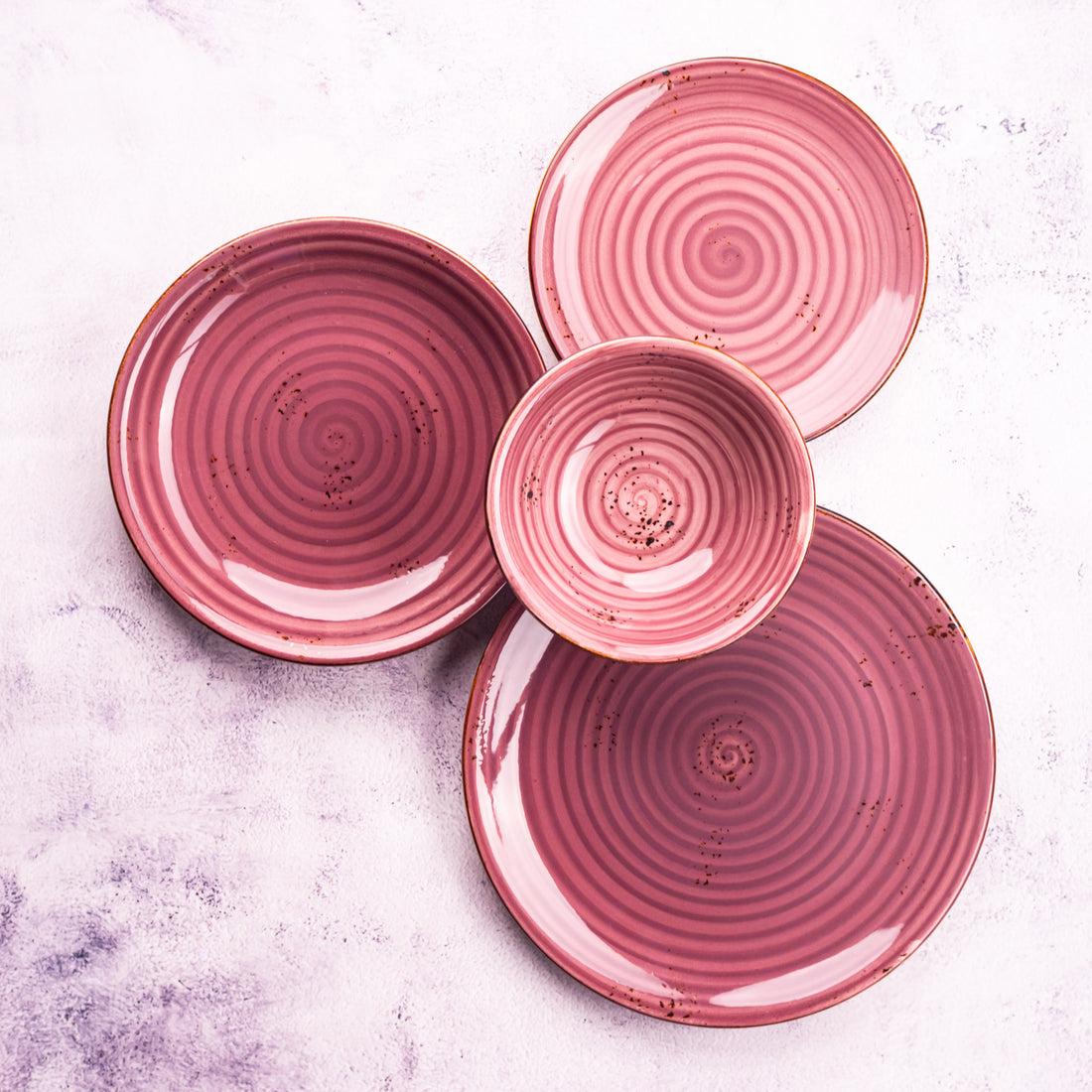
Porcelain: Elegance and Style Filtered from the Soil
Porcelain is a special ceramic material invented in China during the Tang Dynasty, and it undergoes a firing process based on 2 ores, feldspar and kaolin minerals. Today, with the developments in the last 30 years, the outer surface and mud of porcelain ceramics are made from a mixture of kaolin, feldspar, quartz, and clay, yielding a strong material.
Compared to other ceramic materials, porcelain stands out in three different ways; its hardness, whiteness, and translucency. Porcelain is suitable for daily use and, due to its dense inner structure, is hygienic, clean, and harmless. It has a smooth touch and beauty that is gentle on hands and skin. The materials used in the production of porcelain give it a strong mechanical resistance. Its low and nearly zero porous and void inner structure, which cannot be compared with other ceramic materials, and high density, give porcelain the aforementioned features.
Porcelain is unique and eye-catching in structure and transparency. When placed side by side with other ceramic materials, it is immediately apparent, and it instantly conveys the quality of its material to those who appreciate beauty and attention to detail.
What is Porcelain, Ceramic, and Stoneware? What are the Differences?
Many people do not have an idea about the difference between these three earth products when buying tableware or teaware. Even stores selling tableware often take advantage of consumers' lack of knowledge and tend to sell ceramic or stoneware products under the general category of porcelain as a marketing tactic. However, these three materials have quite different advantages and disadvantages in terms of quality, usage suitability, and hygiene.
It is important for consumers to become aware of this issue and to know the content of the products they purchase so that they can prepare unique table presentations and achieve the elegant and stylish look they desire. Therefore, we will explain the differences between these three earth products in detail in this article.
Porcelain is a Translucent Product
The most important feature that distinguishes porcelain from other ceramic materials is that it is translucent and transparent. Porcelain is fired at a temperature above 1400°C and is subjected to a unique glazing process as the temperature gradually decreases. Thus, porcelain obtains an unmatched degree of transparency, brightness, and whiteness compared to other ceramic and earth products.
You can test this at home yourself. When you hold porcelain towards a chandelier or lamp and place your hand behind it, you can see the translucent and transparent nature of porcelain. If your hand’s shadow isn't visible through the porcelain, it is not pure porcelain but may be ceramic or stoneware.
In terms of durability, porcelain is stronger than ceramic and stoneware. Due to its low porosity, it does not absorb water and does not retain any unwanted odors or flavors. It is easy to clean, and its surface does not scratch easily. Additionally, it is resistant to high temperatures, and it does not change shape or color in the oven or microwave.
In conclusion, porcelain is a unique ceramic material with its strength, translucency, and whiteness. When it comes to tableware or teaware, porcelain is the most elegant and stylish option. By knowing the differences between porcelain, ceramic, and stoneware, you can make a more informed decision about the tableware or teaware you choose to use.
